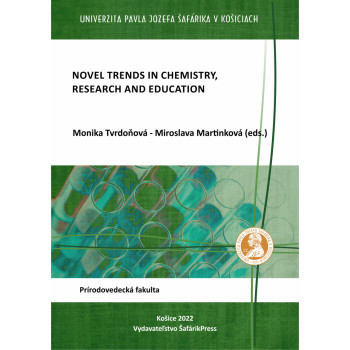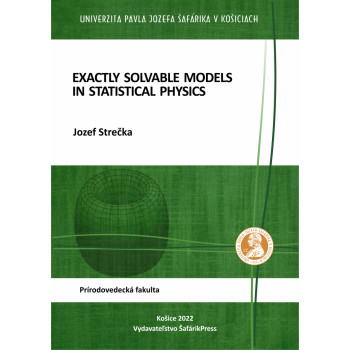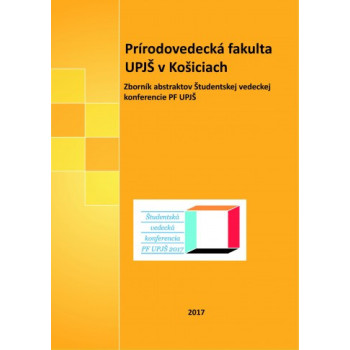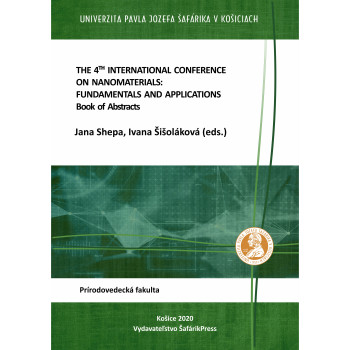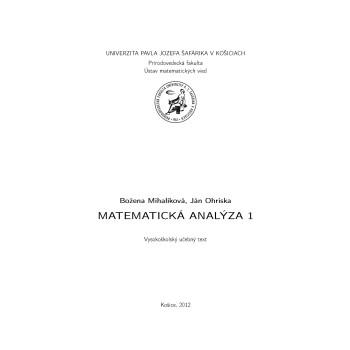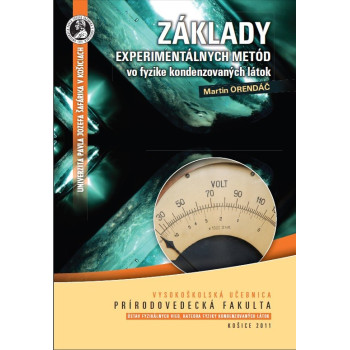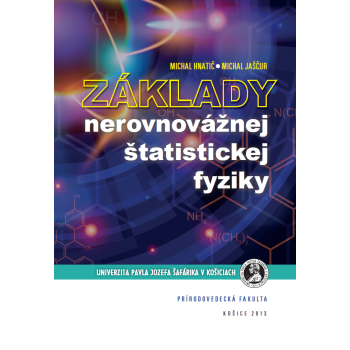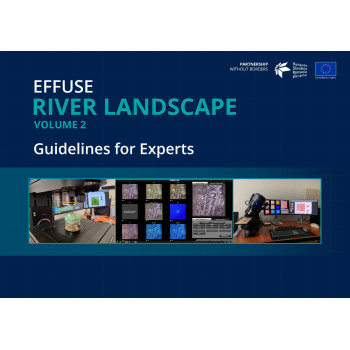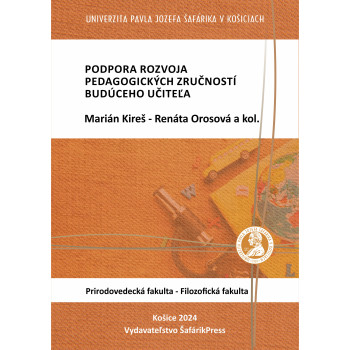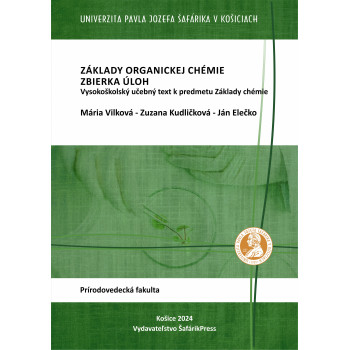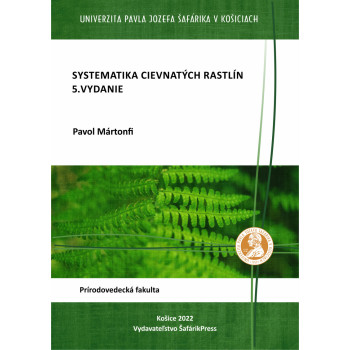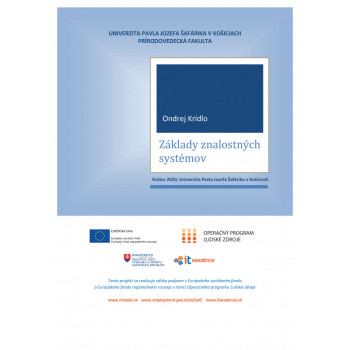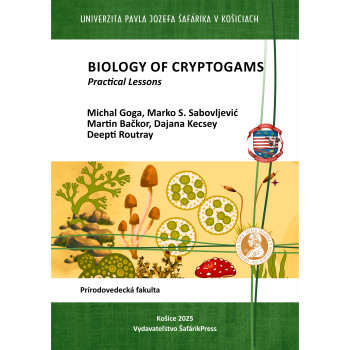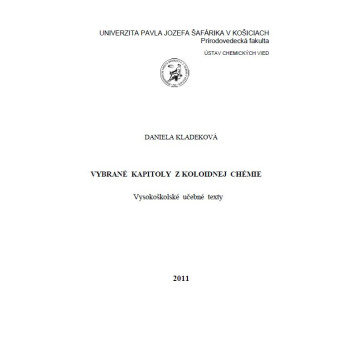
NOVEL TRENDS IN CHEMISTRY, RESEARCH AND...
E-book
Monika Tvrdoňová - Miroslava Martinková
The scientific book of abstracts from conference „Novel Trends in Chemistry, Research and Education 2022“ is a summary of the contributions of conference participants, which contain the original results of their scientific and research activities. The contributions published in this volume can be divided according to content into the field of analytical, inorganic, organic, physical chemistry, biochemistry, didactics of chemistry and NMR spectroscopy.
Download e-book for free (pdf)



